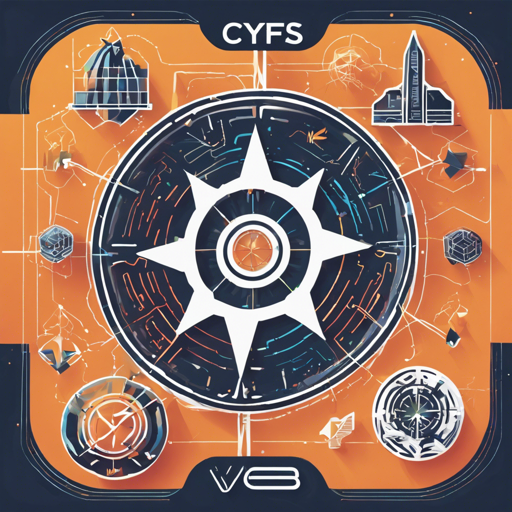If you’re stepping into the world of decentralization and Web3, the CYFS (CYberFileSystem) protocol stands at the forefront of this revolution. This guide aims to walk you through the initial setup and usage of the CYFS framework while making it easy to grasp the intricate mechanisms that underlie its architecture.
Understanding the CYFS Ecosystem
Before diving into the technical aspects, let’s think of CYFS as a digital library where anyone can not only store but also publish books (data) and earn a “royalty” (income) from them. Imagine a setup where each person owns a piece of that library (the OOD – Owner Online Device); thus, decentralization is achieved. In this library:
- Books: These are your digital files. You can save, share, and earn from them.
- Library Members: Everyone who contributes their OOD becomes part of the library, ensuring a more equitable system.
- Publishing Rights: Authors retain rights to their publications, meaning they can earn from their works perpetualy.
Quick Setup: Your Web3 Environment Awaits!
If you’re eager to dive into publishing your first Web3 website, follow the steps below:
1. Prepare Your Environment
- Ensure you have a Linux host (preferably a VPS) with at least 2GB of memory.
- Install Node.js (v16 or higher) and Rust (v1.63 or above).
2. Compile CYFS
Let’s build the system!
cd $cyfs_sources_dir/src
npm install
node ..scripts/build-standalone.jsMake sure to create the $cyfs_root folder beforehand with the required permissions if automatic folder creation fails. Depending on your OS, here’s where you’ll create it:
- Windows:
c:cyfs - MacOS:
~/Library/cyfs - Other Systems:
cyfs
3. Install the OOD System
Prepare the following dependencies:
- Node.js 16+
- MongoDB 4.4 (ready at boot with default port)
- Docker (latest version, boot on startup)
Run the installation:
ood-installer --target soloOnce it finishes, your OOD system should be up and running!
4. Activate Your OOD
To create your D.I.D (Decentralized Identifier):
- Install CYFS tool:
npm i -g cyfs-tool-nightly - Generate identity:
cyfs desc -s save_path - Bind your OOD and runtime as follows:
- Copy files to the OOD machine and rename them appropriately.
5. Publish Your First Web3 Website
Create a directory for your website files and run:
cyfs upload dir_path -e ood -t oodThis command publishes your files and generates a unique URL that looks like cyfs:o$ownerid$objid.
6. Access Your Website
To browse your newly published website, use:
cyfs get cyfs:o$ownerid$objid/index.htmlNow, open it in any CYFS browser installed machine!
Troubleshooting Tips
If you encounter issues during the setup or running processes, consider these troubleshooting suggestions:
- Ensure that all your dependencies are properly installed and running.
- Check the permissions for the
$cyfs_rootfolder if the installer fails. - Make sure you are executing the command from the correct directory.
For additional support or insights, feel free to visit **[fxis.ai](https://fxis.ai)** and stay connected for ongoing updates!
Conclusion
CYFS opens up an exciting frontier for developing decentralized applications and building a true Web3. With the right setup and exploration of features, you can create applications that revolutionize the digital space based on ownership and decentralization.
At **[fxis.ai](https://fxis.ai)**, we believe that such advancements are crucial for the future of AI, as they enable more comprehensive and effective solutions. Our team is continually exploring new methodologies to push the envelope in artificial intelligence, ensuring that our clients benefit from the latest technological innovations.

